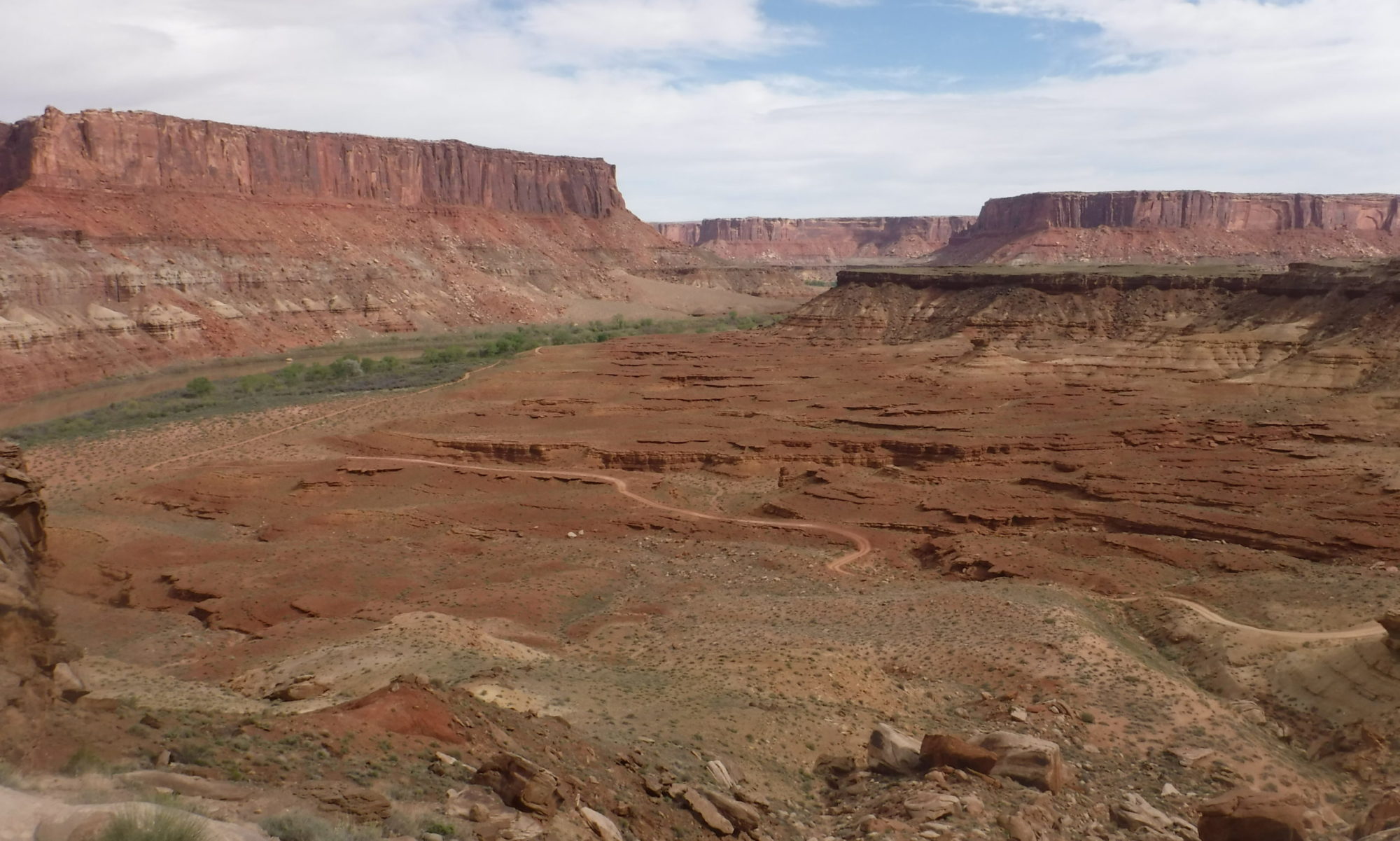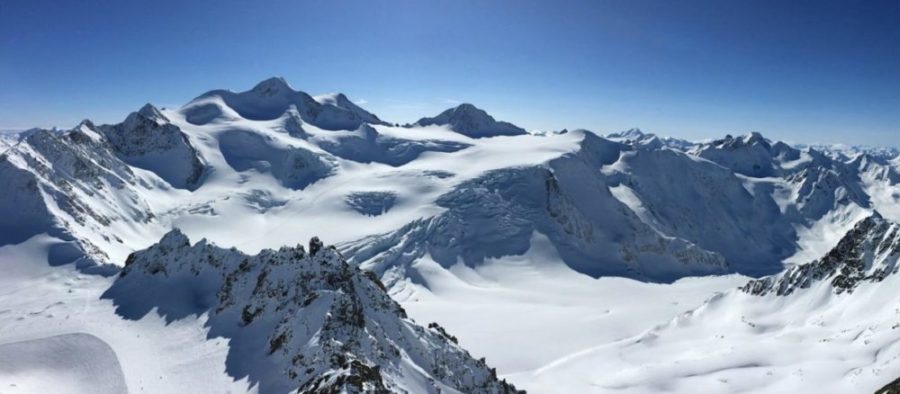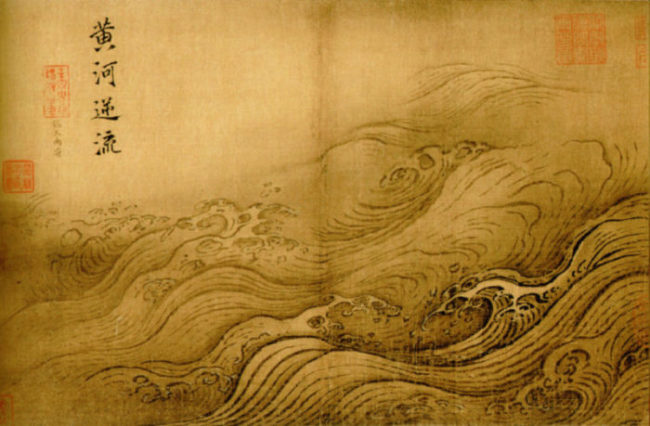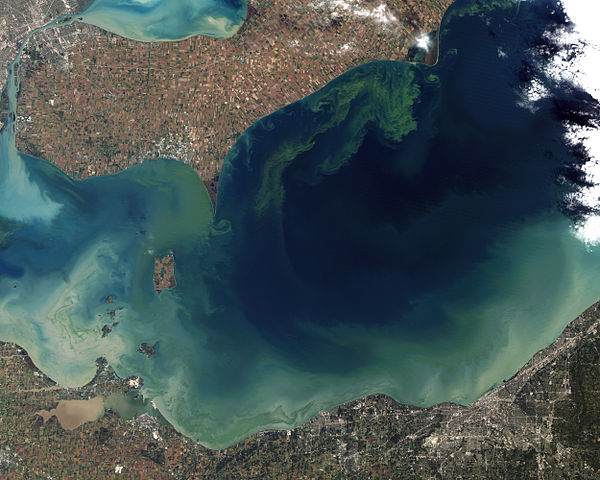Featured image: Pitztal Glacier, Austria by annca on Pixabay
Paper: Increased Subglacial Sediment Discharge in a Warming Climate: Consideration of Ice Dynamics, Glacial Erosion, and Fluvial Sediment Transport
Authors: Ian Delaney and Surendra Adhikari



